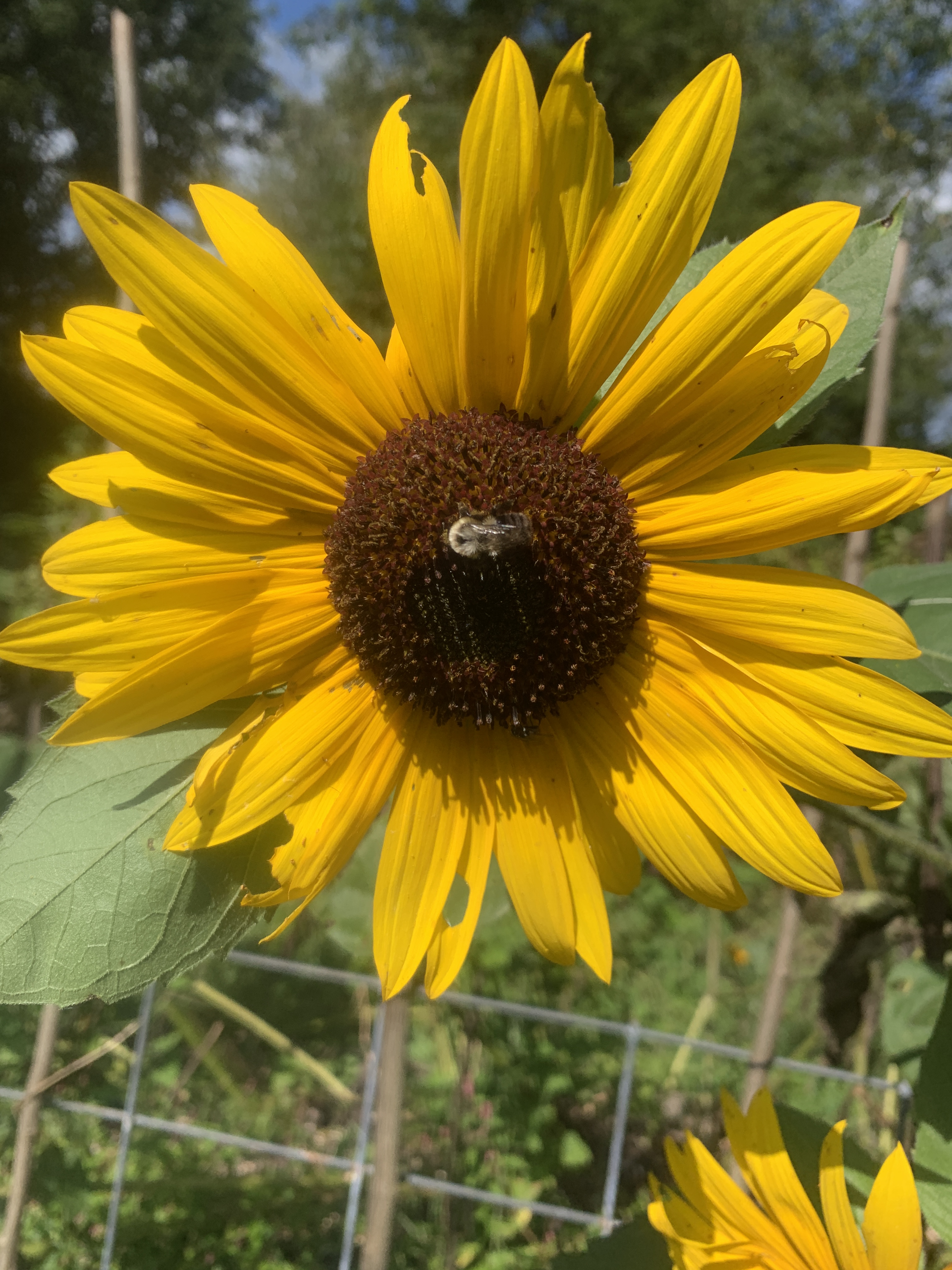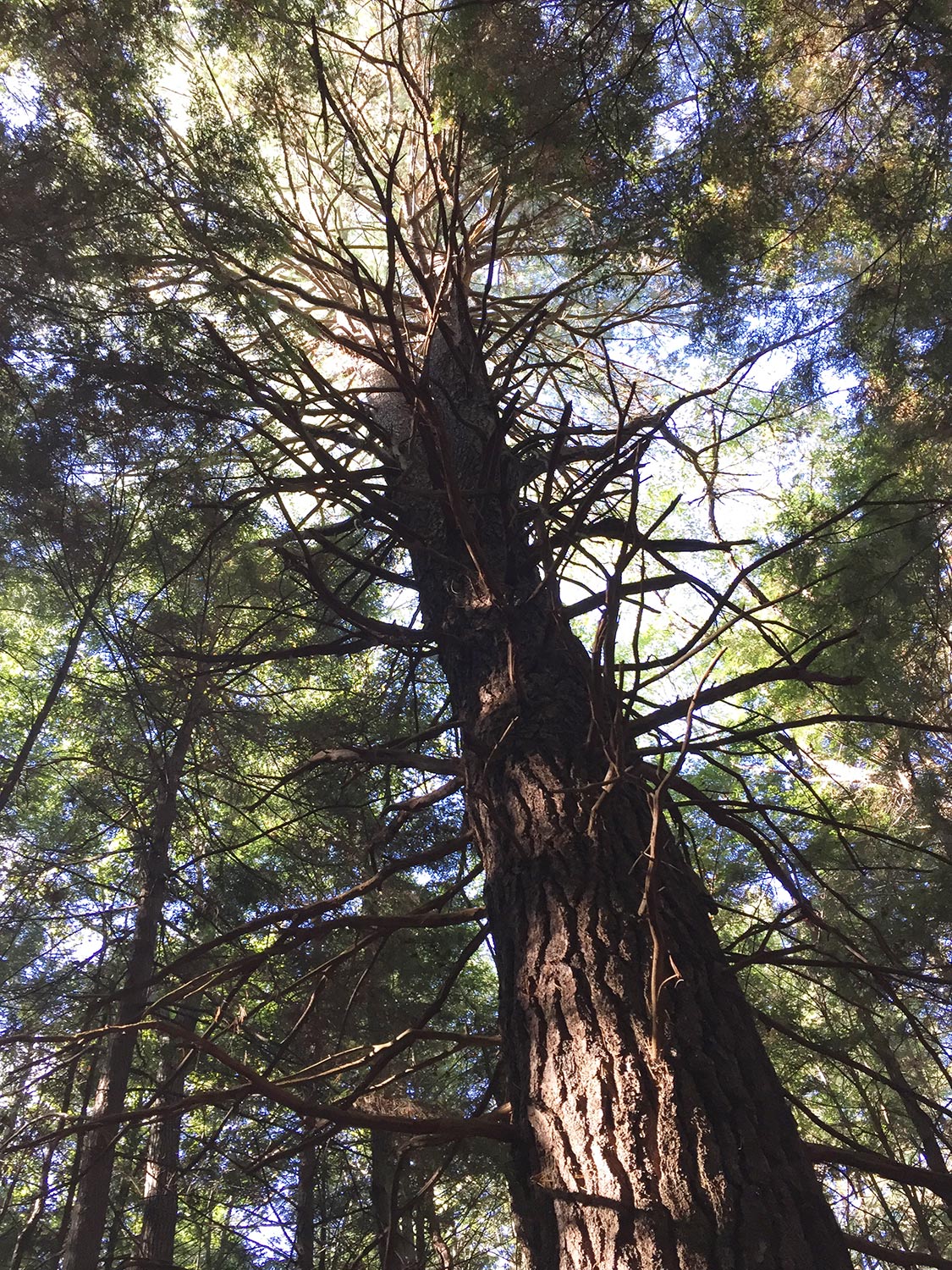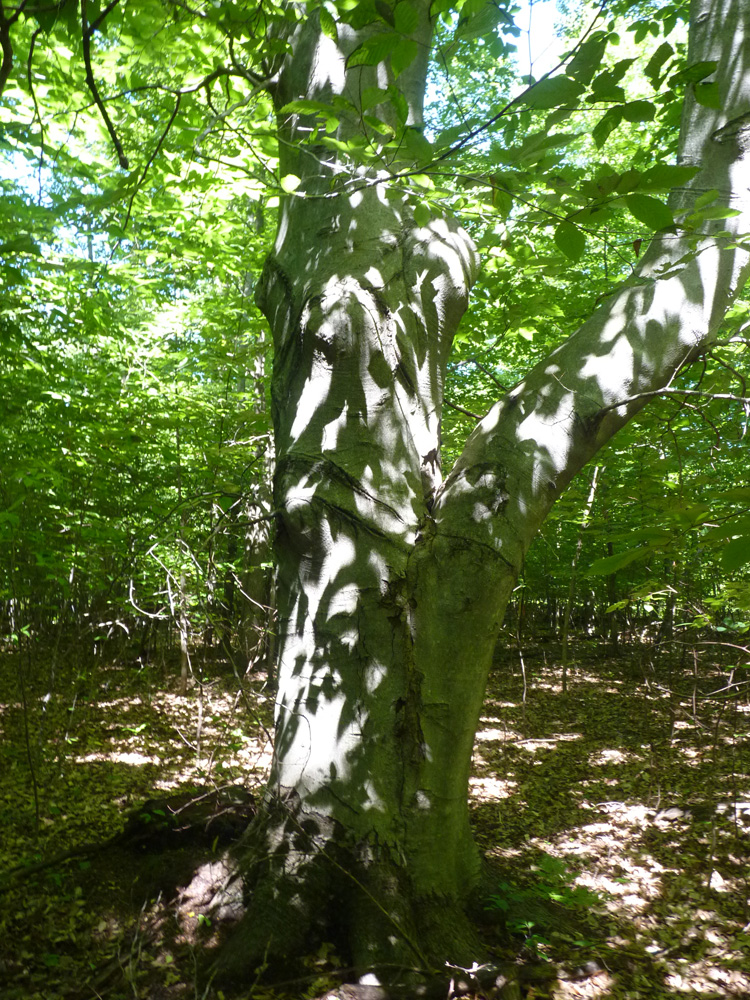Peace is a fundamental part of the druid tradition. The ancient druids had roles as peacemakers and justices, and today, many druids find themselves in a position of promoting and fighting for justice and peace. A lot of this work is happening right now: working towards for the equal rights and treatment of black, brown, and indigenous people; fighting on the front lines of the pandemic as a medical worker or essential personnel; or and trying to work for inner peace in these challenging times, just to name a few. Given what is happening at present, it seems like a very good time to start, reaffirm, or deepen a spiritual practice that focuses on spreading peace. Thus, in this post, I’ll share a peace meditation, peace prayers, and peace rituals that you might use as part of your practice. I also think that the more of us that do the work of peace in our spiritual lives, the more peace we can spread throughout the world at this very critical time when it is so needed.
Meditations on Peace

Mediations on peace can be an excellent first step in starting or re-affirming a peace practice as part of your spiritual work. I find two kinds of meditations that are particularly useful for this: discursive and energy visualization.
Discursive meditation allows us to work through difficult concepts and come to deep understandings. Meditating on the definition of peace–what it looks like, what it entails, and what it would take to bring that peace into the world can be highly productive. You might explore peace from multiple angles:
- Definitions: what is peace to you? How do you define it? What features does it have? How might this definition align with or deviate from other perspectives?
- Peace within: What does peace within look like? how might you foster peace within? What are the concrete steps you can take?
- Peace at home: What would peace look like in your own life and in your immediate family? How can you foster peace at home?
- Peace in your community: What might peace look like in your broader community? In your country? In the world? How can we foster peaceful interactions in our communities, especially among diverse groups?
- Peace between humans and the land: What would peaceful interactions look like within your landscape? How can we foster peaceful interactions between human and non-human life? How can we be at peace with nature? How can we achieve balance?
This set of meditations can take some time, but it is certainly worth work doing. I recently worked through this list, doing five distinct meditations for each of the bullet points above. This helped me affirm my commitment to this work, both within and without.
Envisioning and visualizing peace is a second meditation technique, this one with an outward focus. For this meditation, you might focus on one of the above spheres (e.g. peace within, peace in your immediate surrounding, peace in your local community, peace in your country, peace in the world, peace among humans, and non-human life). The alternative is just to focus on peace broadly and let the energy go where it is needed.

Begin this meditation by sitting quietly and focusing on peace within. Pay attention to your breath (using breathing techniques, like the fourfold breath or color breathing, both described in the Druidry Handbook by John Micheal Greer). Recognize that this initial step can take some time–both in terms of an individual meditation session or a number of sessions. For me, peace within means a quiet mind where I am able to slow racing thoughts, anxiety, or any other stressors and just be in the present moment. I breathe through this for a while and then continue.
The second part of the meditation is simply sending some of that peace out into the world, directing it to whatever sphere you see fit (a caveat here–keep your direction of peace broad and unspecific. Let spirit work with your intention as is best.) You can envision peace in the four quarters of the world, for example, or envision specific scenes that would promote peace over violence (use some of your meditations from the first meditation activity). I think this should be fairly intuitive–the more you practice, the more you will be able to send peace.
Prayers for Peace
Prayers for peace are also a wonderful way to begin, continue, or deepen a peace practice. Within druidry, both of the most common prayers invoke peace, justice, or both:
The Druid’s Prayer for Peace
Deep within the still center of my being, may I find peace
Quietly within this grove, may I share peace
Gently within the greater circle of [humanity / all life] may I radiate peace.
The Druid’s Prayer (Gorsedd Prayer)
There are actually a few different versions of the Druid’s (Gorsedd) Prayer. For peace prayers, I prefer this version, which Iolo Morganwg attributes to the Book of Trahaiarn the Great Poet
Grant, oh spirit, Thy protection;
And in protection, reason;
And in reason, light;
And in light, truth;
And in truth, justice;
And in justice, love;
And in love, the love of spirit,
And in the love of spirit, the love of all existences
Peace Within: A Daily Peace Ritual
In druid rituals stemming from the druid revival, we often begin by declaring peace in the quarters (either going around the circle starting in the east (AODA style), or crossing the circle (e.g. going from north to south and east to west, OBOD Style). I have found that in this time, affirming peace in the four quarters, as well as within, has been a very useful daily practice and have developed the following ritual for peace. I’ll first share how I do it, and then share the general model that you can adapt.

Each morning, I go out to care for our homestead flocks (our chickens, guineas, ducks, and geese). This is part of my morning ritual–and after I’m done letting everyone out of their coops, filling up water buckets and food troughs, I make sure I pause, take in the day, and declare peace. I just stand in the yard and spend a moment meditating on each direction (I start in the east since that is where the sun is rising). I observe the east, seeing birds, watching the sun through the clouds, and paying attention to the air. Then I say “May there be peace in the east.” I do the same thing at each of the remaining three directions.
Finally, I focus on my own person and put my hands on my heart and say the Druid’s Prayer for Peace. This is my adaptation from the OBOD’s Prayer for Peace. I’ve adapted OBOD’s prayer to expand to all life, not just human life. And so I say:
Deep within the still center of my being, may I find peace.
Quietly, within the circle of this grove, may I share peace.
Gently within the circle of all life, may I radiate peace.
I then intone three ogham for peace, Koad (Grove); ifin (Pine), and Eastern Hemlock (Onn). The first ogham is the grove ogham, representing the grove of trees coming together to resolve disputes and come to peace. Thes second is pine, which has been a symbol of peace in North America for millennia, and I honor the peace of the ancestors of the land hereby intoning it. The third is Gorse, which represents hope, potential, and the possibility for change.
This simple daily ritual helps me not only radiate peace and embrace life in the broader world but send a little bit of that peaceful energy out. It also helps me get off on the right foot during this challenging time. Here’s the ritual in a condensed form that you can use:
Druid’s Daily Peace Ritual
Face the east and quiet your mind. Visualize peace in the east. Say “May there be peace in the east.” Do the same with the other three directions: south, west, and north.
Place your hands on your heart and say the Druid’s prayer for peace.
Deep within the still center of my being, may I find peace.
Quietly, within the circle of this grove, may I share peace.
Gently within the circle of all life, may I radiate peace.
Intone the three ogham three times each. As you do, envision peace radiating outward:
KO-ud
EE-van
OR
Cross your arms and say, “I thank the spirits for peace, justice, and blessings.”
Honoring the Peacemakers
A final thing that I do to envision peace is to honor the ancestors of the druid tradition. The ancient druids were considered wise people who were justices, diplomats, and peacemakers among their people. This is an idea to which I can try to strive. Meditation on this concept regularly along with some ancestor-of-tradition work can support this practice.
You might consider honoring other ancestors of peace in your practice, those peacemakers of the past whose work in the world is useful to remember. Dr. Martin Luther King, James Farmer, or others who have fought for racial peace might be good focuses right now.
The Work of Peace
The work of peace is not easy, but extremely necessary to create a more equal, just, and welcoming society for all. I hope these simple practices support you during this very challenging time and offer you some additional tools in the work of peace in the world.



Reblogged this on Paths I Walk.
I love this post. Every day, I include peace work in my practice. I say the Druid Prayer for Peace, the Gorsedd prayer, and this one I created by combining inspiration from Thich Nat Hanh, Earthseed philosophy from Octovia Butler’s powerful Parable of the Sower, and my Modern Druid study and practice:
“I have the power to create change —
In my life, and in the world.
Just as other Beings and the world
Have the power to create change in my life.
“I will shape change through loving kindness.
Loving kindness for my Self
And loving kindness for all Beings.”
This prayer brings a special, engaged magic to my life.
I also really appreciate the justice intention in the Gorsedd prayer. I believe peace requires justice. And peace requires both internal and external action from us.
Meredith – I love this prayer! How beautiful :).
Such a beautiful post…. So loved your meditation and Peace prayer…. While reading through the whole peace.. my breath I felt flowed easier and deeper.. Thank YOU <3
You are most welcome, Sue! Thank you so much for reading and commenting :).
Hi!
My name is Gary Mazeffa and I am writing a screenplay. Question: What was the hand placement during praying?
Thanks, Gary
Hi Gary! I responded to you via email.